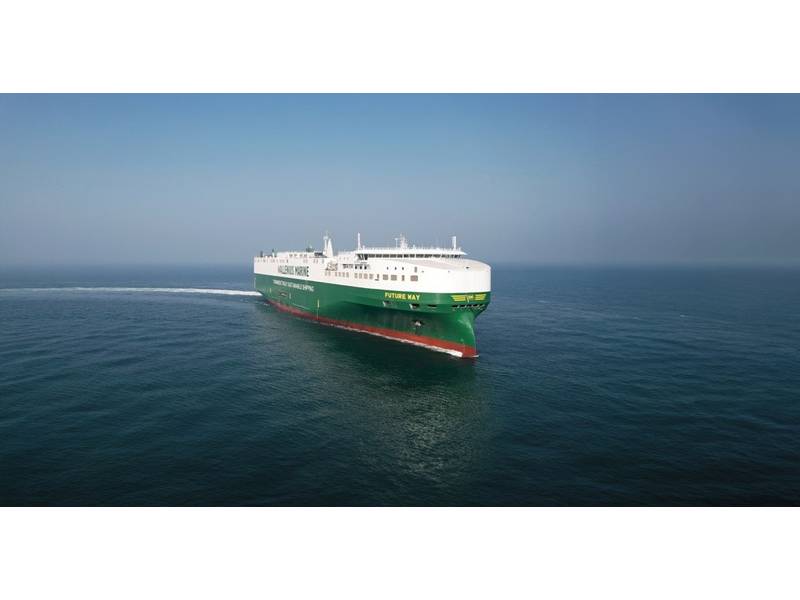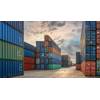Wallenius Marine Christens New Car Carrier Future Way
Wallenius Marine has christened its newest pure car and truck carrier (PCTC) vessel, Future Way, during a ceremony in Emden, Germany on Monday.
Built by CIMC Raffles in China, the new 200-meter-long ship is the first of two car carriers that will go on charter for Volkswagen between Europe and North America. The vessel's cargo capacity is equivalent to 6,500 cars, which are loaded and unloaded efficiently through a center ramp system consisting of a long ramp serving all decks.

The newbuild is based on the Sleipner design concept featuring advanced hydro- and aerodynamic engineering to reduce emissions, energy use and environmental impact.
“The Sleipner concept is the result of close cooperation between Wallenius, Knud E. Hansen and VW Group. The customer's needs and experience, combined with the shipbuilding and design expertise of Knud E. Hansen and Wallenius Marine, have enabled us to take further steps towards truly sustainable shipping with Future Way,” said Johan Mattsson, CEO of Wallenius Marine.
Finn Wollesen, Managing Director of design form Knud E. Hansen, said, “A distinctive feature is that the ship, thanks to its innovative design, can cross the Atlantic without ballast water in loaded condition. This both reduces the risk of spreading invasive species and makes the vessel lighter, leading to lower fuel consumption.”
Simon Motter, Head of Volkswagen Group Logistics, said, “As Volkswagen Group Logistics, we want to be pioneers in climate-friendly logistics. The Future Way and its sister ship, Way Forward, are helping us achieve this on the North Atlantic with their future-proof, flexible, and efficient engines from MAN Energy Solutions. They not only emit less CO2, but also fewer nitrogen oxides, soot particles, and sulphur oxides, leading to better local air quality. The innovative design of these vessels results in lower fuel consumption and allows us to reduce emissions even further today until alternative fuels made from green energy hopefully become more broadly available in the next decade.”
Related News


